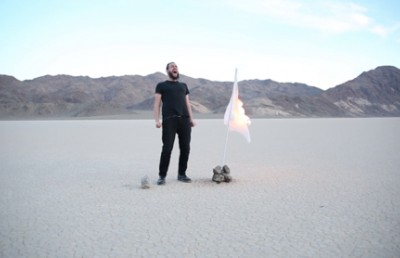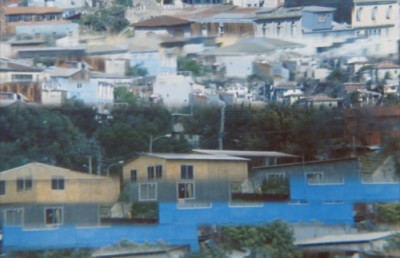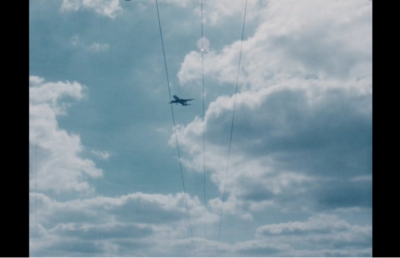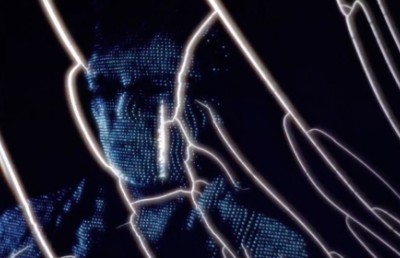Speculations , Garden City Beautiful, News from Nowhere: Ben Balcom in Three Films
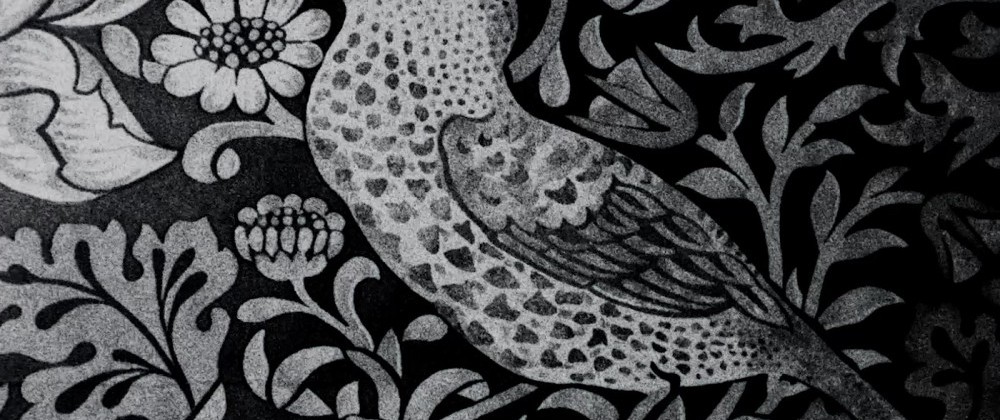
This text is presented as part of the ÉMERGENCE series, organized and presented by la lumière collective, in collaboration with the online journal Hors champ and Offscreen
Translated from the original French by Olga Montes
About…
Speculations
Garden City Beautiful
News from Nowhere
“I just wanted to say something direct and sweet…”
Pasolini
“There is nothing else to trust but what warms…”
Samuel R. Delany
“The loosestrife is a plant that is both beautiful and somewhat vulgar because of its extraordinary vitality…”
Jacques Ferron
To strengthen its twilight meditation on the city of Milwaukee, Speculations by Ben Balcom extracts passages from Samuel R. Delany’s Dhalgren. Dhalgren is indeed a fireball of a book; an enormous comet to be cherished, gently, that can be looked directly at, without scorching the eyes. The fire rushes in an astonishing trail of words, seized words, rushed words, it’s somewhat of a feat, an enigma. Topped up with the smell of gasoline and the end of the world. Back on the surface, the words rest, you catch your breath, and never, amidst all the flames and smoke, will you have given your imagination the respite needed to cry: Enough! What do you do with my exhaustion and what magnificent ravine do you lead it into and what happens to the usual burning? I sing high and low to affirm that Dhalgren and Speculations are a match made in heaven. Balcom will thus force Delany to breathe differently from the breathtaking breath that is the naturalness of his novel. Speculations opens on a black frame, and in the silvery murmur, a female voice, quite sleepy, somewhat nonchalant, seems to describe to us in her words – at least I didn’t have the impression that this excerpt was taken from Delany’s work – the fictional city of Bellona, which in Balcom’s film is tasked with interpreting Milwaukee. Another voice, also rather languorous, describes a grey day – the words this time and from now on will be Delany’s. Contagious grey, totem grey, bronchitis grey. Park, clouds, sky, everything is grey in the shadowless day, in the “perfectly ordinary city.” From this thematic grey emanates a certain ambiguity: a look at the end of things, the end that never ends, the end that continually catches up with the present. We open our eyes in this perspective and it is the soluble grey of Verlaine that is summoned, the grey of a poetic art, because Dhalgren is many things, too many things, perhaps, a fruitless yet pornographic tale. Afrofutur’s saucy song, a novel of dust and blistering, the apocalypse in sandals, a labyrinthine station poem par excellence, a hippie parable, and also, a Marxist otitis. But if it is not, for example, a lasagna, it most certainly is an ode to poetry. And it is for this reason, moreover, that Balcom’s film strikes precisely at the juncture of the poetic lesson, and if possible, on the Indecisive and the Precise, and lands where “only the inaccessible flowers ”, I quote Jaccottet, and to remain in the poet’s pretty paradise, does so while always searching for the inner note. The notes, by the way, resonate, and Balcom captures them and plays them magnificently, almost like an intuitive romantic, making sure to flower his melody with the zest of the novel’s enormous question mark and angst: What happened in Bellona, which here is much less than Milwaukee?
“Where are we? I mean… what is this place? What happened here? How did it get like this?”
“A good question, a very good one. For a while, I thought it was international spies – I mean, maybe the whole city here was just an experiment, a sort of test-out plan to destroy the entire county. Maybe the world.”
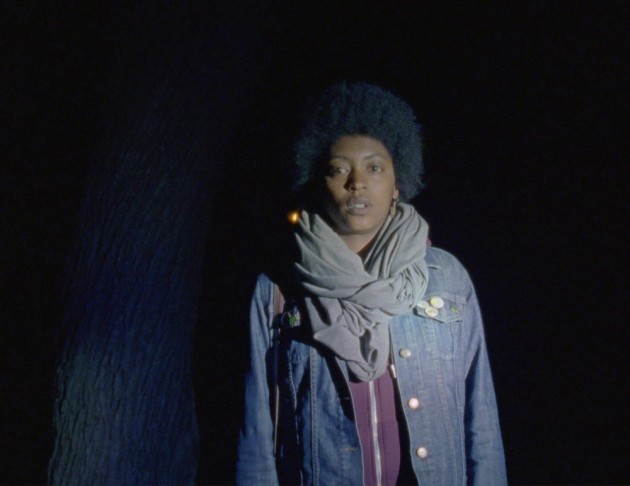
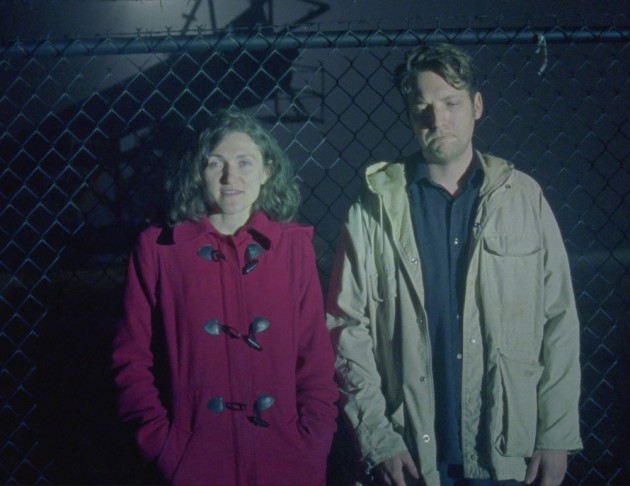
Suddenly, in the light of a full moon, plaster grey, factory grey, a woman speaks to the camera. Her eyes are worried, nasty, her eyebrows furrowed, she hardly blinks at all. Her lips are pretty. She may be donning an afro. Her feet, her boots are not visible. She recites a deliberately incoherent monologue – all the more so because it is quoted, as everything else, without the narrative context of Delany’s work. She puts into words a reversal of perspective.
“In my (city),” she says, “you’re the one who’s nuts.”
Another woman appears. Blonde and accompanied by a man; he seems lost, she seems serious. We cannot see her feet, neither can she. Her monologue speaks of the invisibility of the mind. Following descriptions at the start, the words now take on a more philosophical tone, obscurely, explosively pervading the work. In this regard, the philosophers we come upon in Milwaukee may not be the holiest. They speak to the camera, and at unlikely hours, deliver fatal verdicts, they advocate the very worst and the city that is condemned, remaining in the realm of poetry, to “defeat with no future.” They are all poets, even those who are actually engineers. In a 1971 film directed by Delany, there is a shot in which a man crushes a handful of compasses on the surface of a window. A strange, and therefore excellent shot. Delany’s film, The Orchid, seems to be a clumsy and fascinating attempt – a praiseworthy failure nonetheless – to restore to the image the impressionistic energy that animates his writing. Even if this is surely not Balcom’s intention, I can say that Speculations , through cinematic elegance and visual attention to detail that escapes Delany, succeeds, feet planted in the past, head in the present, tomorrow, in bridging the gap between text and images, and in the friendliness of light, but still, using night and shadows, a poetic edge, the most beautiful fruitions take shape in the light of the margins. And it ends beautifully with a quote from “In Time of Plague”, chapter four, just after the “House of the Ax”, in which Delany’s main character, this man who wears only one sandal, who has hideous hands, who has only read Mallarmé in Portuguese, who doesn’t know his name and who, in his spare time, scribbles poems in a notebook, the notebook filled with other poems by an author he knows nothing about, except that this author is perhaps another version of himself, in short, discusses him at length with another scholarly, prolific, wise, funny poet, in the image of Delany’s poetic work, the so-called Newboy. Balcom, with a definitely meaningful intention, grants his film’s final words to this poet and visitor, who, like us, is just passing. It is a beautiful moment in the book, but also in the film and as a conclusion:
When you ask me the worth of these poems, you are asking me what place the image of this city holds in the minds of those who have never been here. How can I presume to suggest? There are times, as I wander in this abysmal mist, when these streets seem to underpin all the capitals of the world. At others, I confess, the whole place seems a pointless and ugly mistake, with no relation to what I know as civilization, better obliterated than abandoned. I can’t judge because I am still in it. Frankly I will not be able to judge once out of it, for the bias that will remain from once having been a visitor.
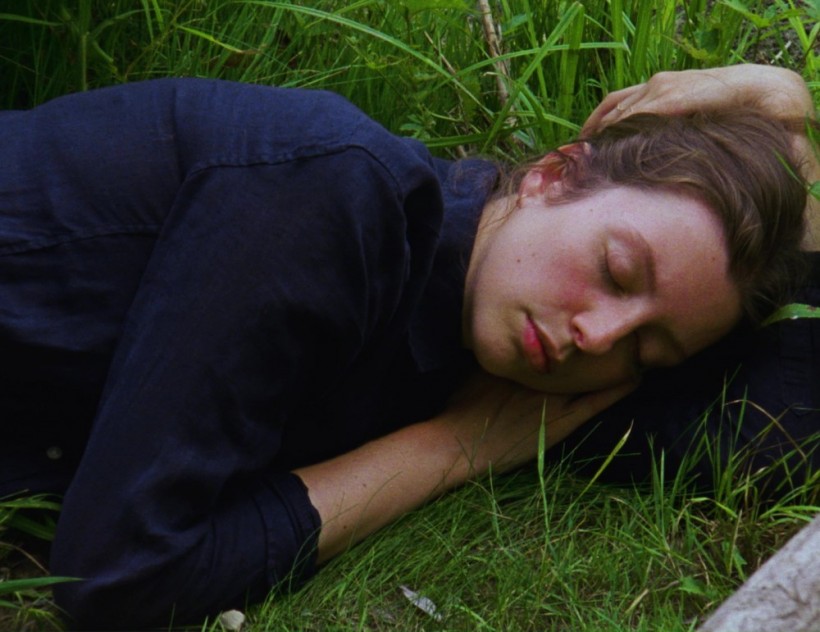
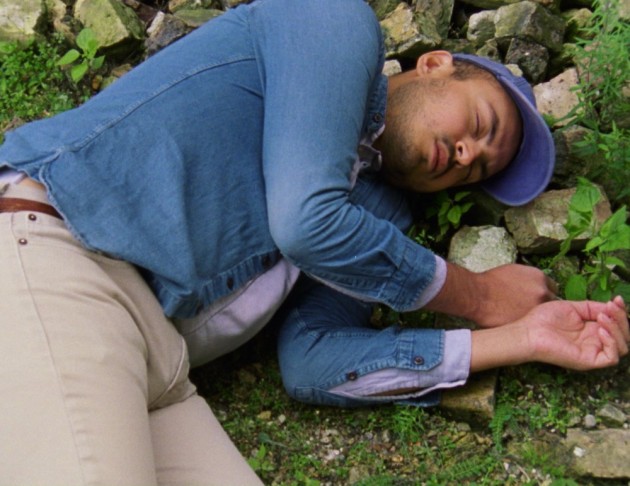
If I ask my phone to translate the title Garden City Beautiful into French, it answers Ville Jardin Magnifique. It’s a simple and straightforward response, just like the movie, which makes you think, I don’t know why, that there is nothing particularly new in Ben Balcom’s films. Which also makes me think that the very idea of novelty is an illusion that is best not chased, which should not be claimed, especially if the creation has the misfortune of being labeled experimental. But Balcom’s lack of novelty, or experimentation, allows me to praise his discreet audacity and to better distinguish his sensitivity to it. An absence worked out to whisper, to say very little, but still to say just enough, to whisper magnificently, is still something to aspire to. What is then lodged in the ear will go straight to the heart, as if the heart were a casing, the film, its music, a music that alone would be the dreamed convalescence of a mad, mad world. Literature hides in this cinema, which I mean, and the only relevant novelty seems to me to come from its self-effacing willingness to make a statement while not taking part in the ambient cacophony. To stand on the sidelines, to be nothing more than that, music, and quite rightly, the murmur of the image. Avant-garde has been recycling the novelty of its experiences for at least half a century – its greatest audacity is to always claim to be ahead of the curve. This work, however, claims nothing more than to bring yesterday’s texts together with today’s images, more precisely, images of Milwaukee, and even more precisely, texts that address its future. Balcom exchanges the grey sky for the blue sky, a postcard sky, a sky of placid dreams. A voice, still somewhat asleep, reads a letter from Victor Berger, written in 1895. Berger was a politician, a socialist, clear-minded and anxious man. The contents of his letter are a sort of apocalyptic shampoo, the relaxed apocalypse, the one that gives birth to mutual aid and communes, as in Dhalgren by the way, an apocalypse with luminous lice, a sore ankle, a bruised ankle, and which signals the end of capitalism and the index of progress in its most vertiginous form. A catastrophe has entombed individualism. The need for the other, to meet the other, heralds the era of living together. The workers have access to better conditions. Machines are friends. Orwell upside down, William Morris’ dream or the real world coming of Shaw’s Major Barbara. But the electric stars, which Balcom likes to nervously shoot, proclaim that the film’s present has retained nothing of Berger’s future, except that this future is the articulation of a dream that is crying out for topicality, for truth, the truth that penetrates sleep, the dream of those who dream of not taking the highway, but who do so, secretly dismayed. Balcom resumes dreaming Berger’s dream, to become part of a cycle that repeats the same necessity. Sleeping characters repeat what has already been uttered elsewhere. A parenthesis, like that, but the idea of repetition is an idea that feeds Delany’s Dhalgren in the same way that it seems here to give rise to a cycle that is shared day and night, as if in Berger’s words Delany’s words are hidden, the words that hold the secret of Milwaukee’s future, the secret heard by Balcom’s camera, in a dream, surely, a dream of survival. Ferron writes somewhere that happy survival is becoming increasingly rare in a “habitat that concrete, asphalt and gasoline are supposed to humanize”. I quote the greatest bard from Quebec, because there is then and finally, a concert of fragments of wounded highways, wounded by the progress they generate, perhaps, concrete, asphalt, gasoline. I would say so. The strong and magnificent images follow one another to rhyme with the cracks that scar the asphalt. With its back to the sky, the camera moves away from these cradles of cigarette butts, from the clumps of dirty grass and from the tar that makes a black, ugly and fierce glue bandage. In praise of purple loosestrife or grey grass, repetition leads us to discover a nature that has been defeated and which finds there a heroic access to the light. It thus gives back to the people of plants a hold on their territory. Hope, hidden in the stitches along the highway. This is a completely questionable interpretation, I admit, but it is mine.
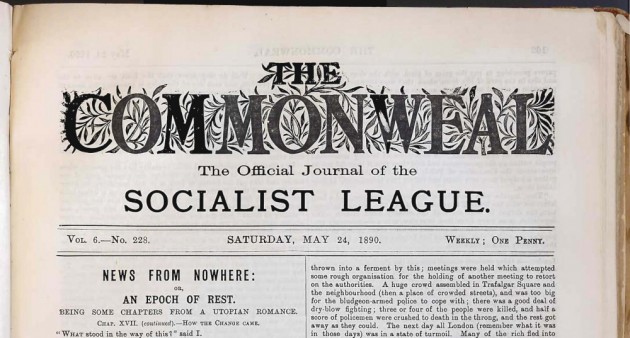
Ben Balcom finally directs News from Nowhere, whose title, in a nod to William Morris and his utopian novel of the same name, is particularly interesting. Morris’ novel tells the story of what goes on underground in Balcom’s previous film, that is, the story of the dream of a future society based on sharing and the common good. I mention it because, more than a reference, the content of this work weaves precious links between this film and the previous ones, and recontextualizes Bernadette Mayer’s magnificent text, taken from her collection Utopia, towards the intimate, and which serves here as Balcom’s main inspiration. This “news from nowhere” tells another story of another encounter marked by Soluble Grey. The result is an even more evanescent image of the poetic world, which has lost its totality to become fixed in the margin of time. Here I have seen nothing of Milwaukee, still know nothing of Milwaukee, except the deer emblem, except the pairing of baseball and beer, Paul Molitor, that hitter who looks like a lasagna delivery man, Michael Redd, catapult, pumpkins and all that, and also, from the same corner, Jacob Blake and the murderous policemen. What I do not know is the rest, the enigma of the park and suburban green, the message hidden in the music of the birds and the saxophones. The title’s “nowhere” becomes clearer, as does the text. A diamond-like light is conjugated there, is further clarified, in the frame of this long panoramic missive that precedes the black and white of a tapestry. It evokes nature, the tapestry, and also, the works of William Morris, thinker of the future and pioneer of a decorative art thought with the stock of the old, to read, the timeless one. Ambient music is heard. If you recognize the notes, it is because they seem to be taken from the soundtrack of half of the world’s experimental works. It’s rather innocuous – but here it is played in a gentler variation than usual. It’s less in your face, because what it is perhaps aiming for is the heart and soul, those lands in another nowhere. It sustains this weakness, that is to say, to strive for the softest, but in the end, I would not completely dare reproach it for that. If you’re a fan of experimental cinema, you’ll often come across this music, I’m talking about the music of drones, electronic drone, ambient gravy, elastic tonality, molasses with minimal variations. If this music is so familiar, Balcom has the great advantage of having the support of birdsong. It too is familiar to us. Above all, it is familiar because it is often the only music that counts. A music that gathers in it the existence of the poem that is breathed by the senses. At the beginning, the tapestry which reproduces images of nature gives way to true nature. At least, we get closer to it; we go outside, to see the birds. To see the birds, with our ears. A fly also buzzes by. As the text ends with a question, an organic sound finally whips us as if to answer: The sound of the saxophone is based on the song of the birds. On a dirt road, the camera turns, but it also turns the green of the trees and shadows. In the fragments of blue sky, blue, but not too blue, a hope for the afternoon. And in the blue, a kind of end appears. It appears without stating its name.
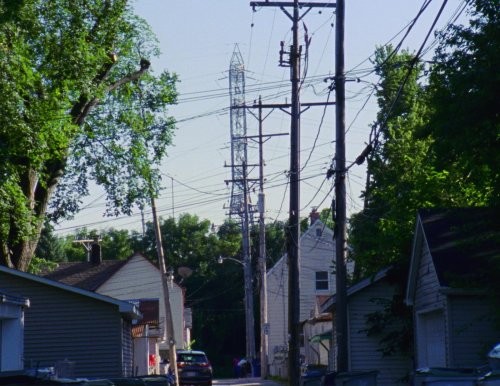
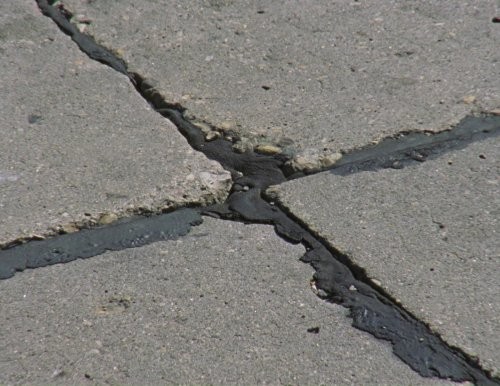
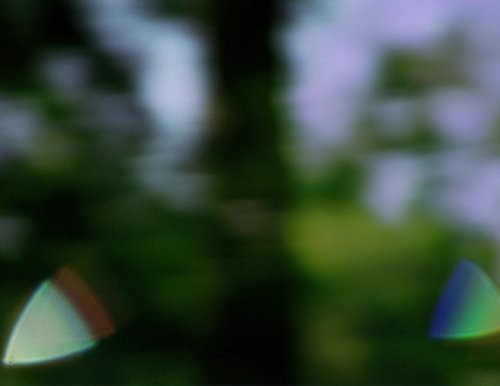
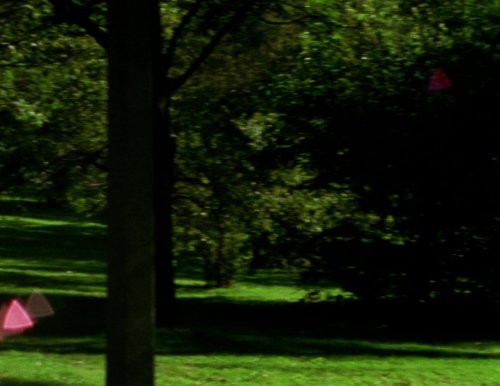
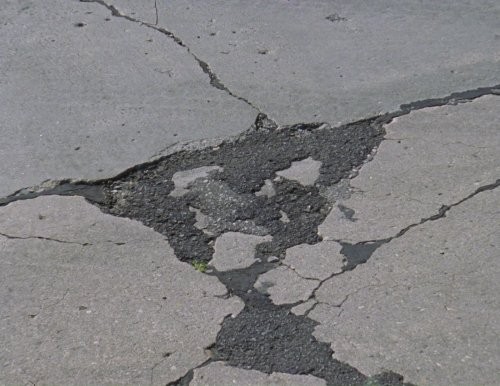
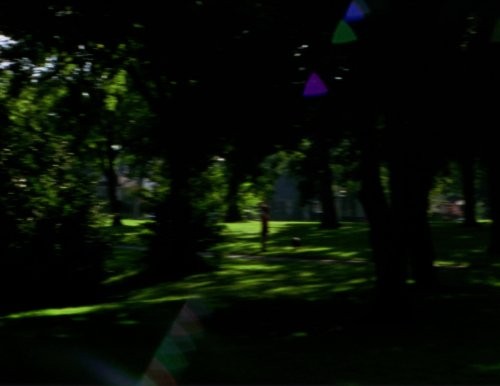
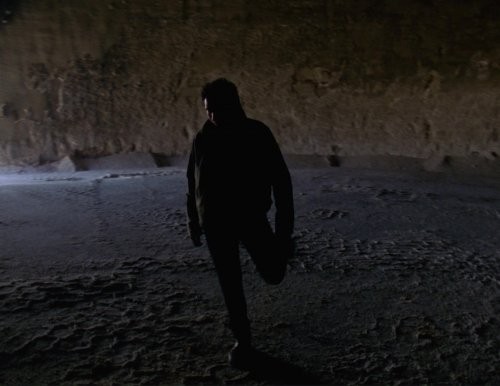
Time sensitive screening link at la lumière collective
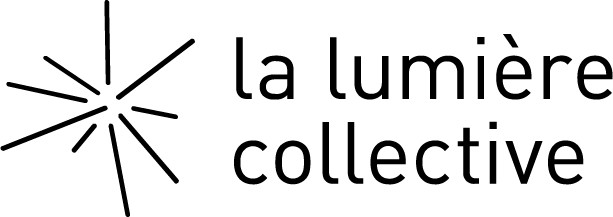
By night, la lumière collective is a microcinema that projects films, videos and expanded cinema produced by local and international artists. By day, la lumière collective is an artists’ studio and residency space with multiple resources for working and experimenting with various moving image media. The collective is led by local artists and curators who believe in creating cinematic works and spaces on a human scale. We facilitate events to bring people together. We create links to help promote and revitalize cinema.
La lumière collective is rooted in the local, the physical, the here and now.
In this time of virtual connections and physical distancing, we have transformed our projection space into a virtual space, while maintaining local connections.
EMERGENCE is the adapted online version of the practical activities planned by la lumière collective. Online love in the time of COVID.
Instead of simply downloading the films and videos available online, la lumière collective has selected one work by each artist and asked that a local writer be involved with each work.
EMERGENCE is a new combination, a local connectedness, a commitment to counter separation.
We look forward to seeing you on the other side.
EMERGENCE is presented with the support of the Canada Council for the Arts.


